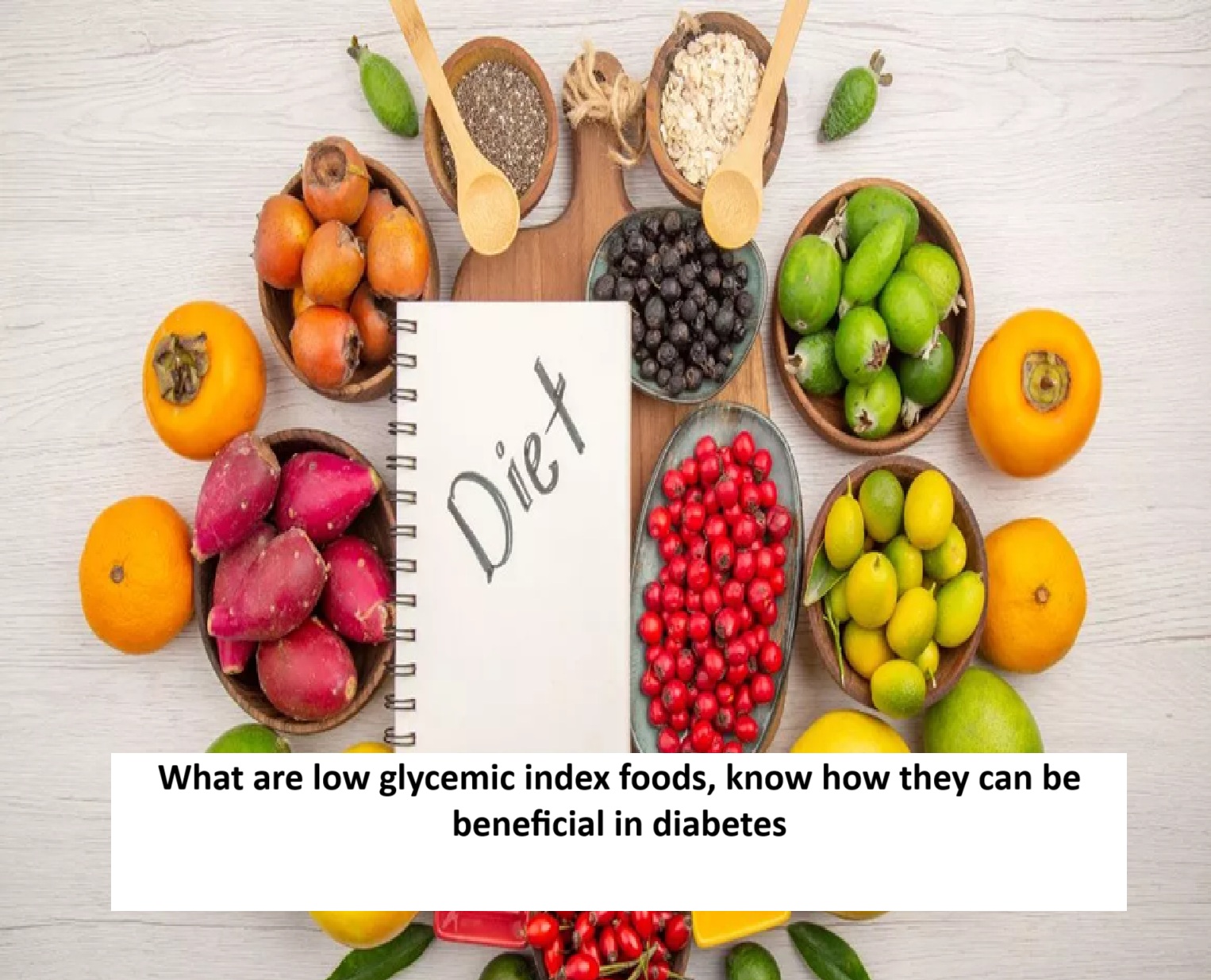
News Topical, Digital Desk : In view of the rapidly increasing cases of diabetes, it has become even more important to know the glycemic index (GI) of the things you are eating. This is a system of ranking carbohydrates on a scale of 1 to 100, which is decided on the basis of how much that food increases the blood sugar level.
While processed foods like candy, bread, cakes have a high GI, unrefined, non-starchy vegetables and fruits are low in GI. Let's know what are the benefits of low glycemic index and which foods have it low.
GI is divided into three ranges
Foods with a low glycemic index do not raise your blood sugar as much as those with a medium or high glycemic index. It is divided into three ranges:
- Low glycemic index: 55 or less
- Medium glycemic index: 56 to 69
- High glycemic index: 70 to 100
Low GI food items
- Apple
- banana
- Boiled carrots
- Bread
- Chickpea
- Dates
- Rajma
- Pulses
- Mango
- Orange
- Rice Noodles
- Soybean
- Skim Milk
- sweet corn
- Vegetable Soup
- Fruit Yogurt
Medium GI foods
- Boiled brown rice
- Millet Daliya
- Pineapple
- Popcorn
- Sweet Potato
- wheat bread
High GI Foods
- Cornflakes
- Boiled potatoes
- White Rice
- white bread
- Whole Wheat Bread
- Street food, Processed food
These are the benefits of low glycemic index food
- Helpful in controlling blood glucose
- Regulates cholesterol levels
- don't feel very hungry
- The risk of heart disease is reduced
- Lowers the risk of type 2 diabetes
How to take a low glycemic index diet
- Eat as much fresh fruits and vegetables as possible
- Prefer whole grains
- Avoid white rice, white bread and low-fibre foods
- Eat more green vegetables like beans, carrots, tomatoes, cucumber, broccoli instead of starchy vegetables like potatoes or sweet potatoes
- Eat nuts like walnuts, almonds and peanuts
- Add flaxseeds and sunflower seeds
- Take low fat dairy products and avoid eating non-veg
- Eat less street food or processed food .
Read More: If you have diabetes, eat fruits wisely, know what you can eat and what you cannot?
--Advertisement--

 Share
Share



